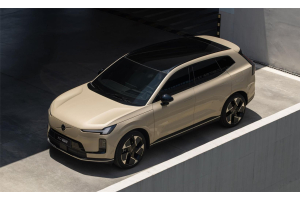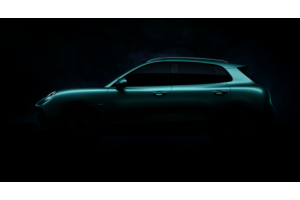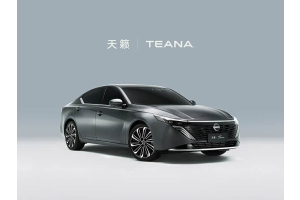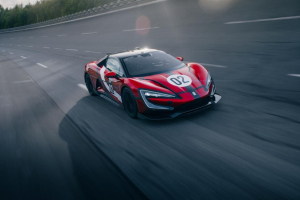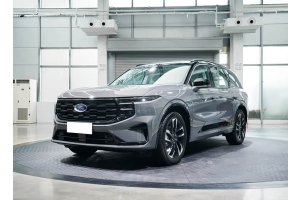China Fuel Price Sparks ICE Tech Revolution

China's Fuel Price Hike Sparks ICE Technology Revolution: A Comparative Analysis
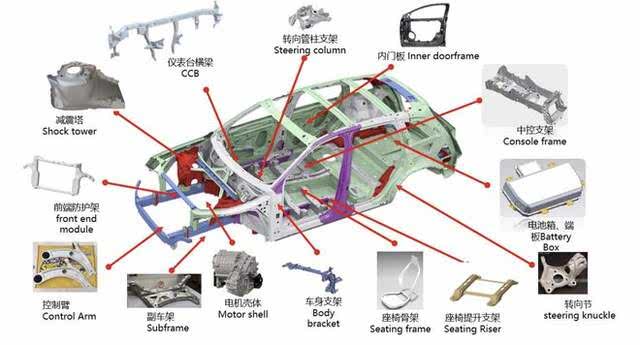
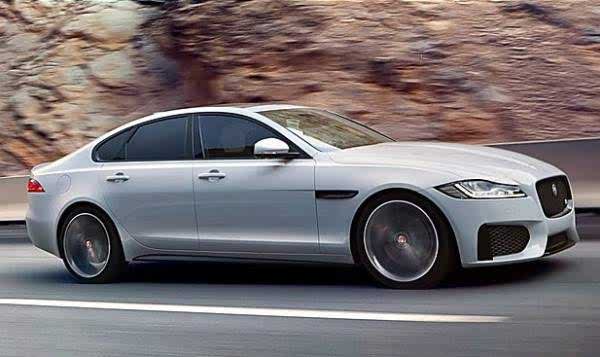
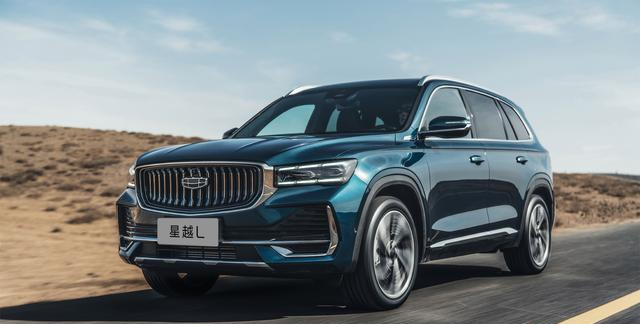
Rising Fuel Costs Drive Automotive Innovation
Following China's latest fuel price adjustment on April 2, 2025, 92-octane gasoline prices increased by 0.18 RMB per liter, pushing prices above the 8 RMB/L threshold nationwide. This price surge has created significant economic pressure for combustion engine vehicle owners, accelerating technological advancements in traditional automotive sectors to maintain competitiveness against electric vehicles.
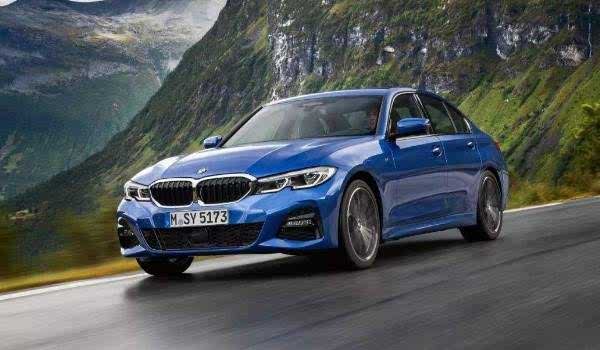
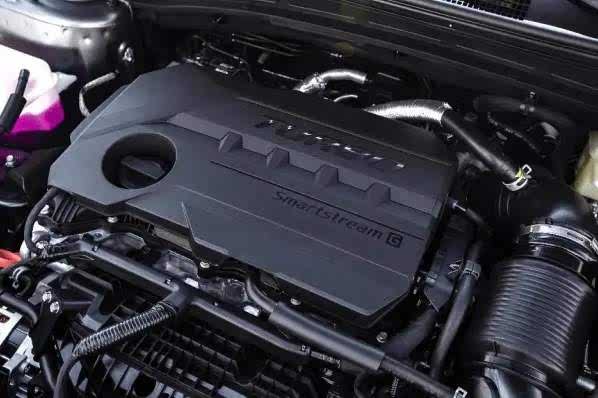
Breakthroughs in Lightweight Technologies
Vehicle weight reduction remains a primary method for improving fuel efficiency, with every 100kg reduction saving approximately 0.3L/100km in fuel consumption.
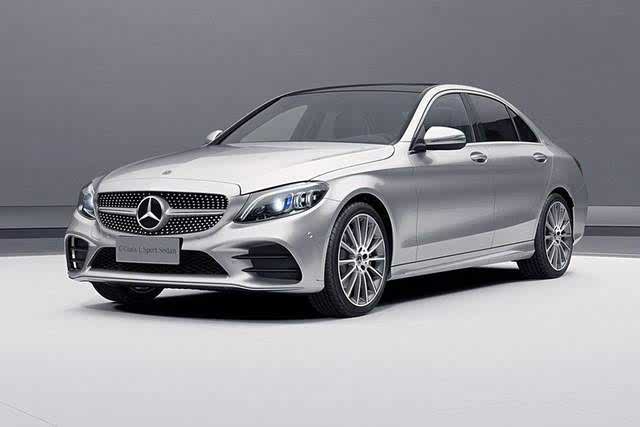
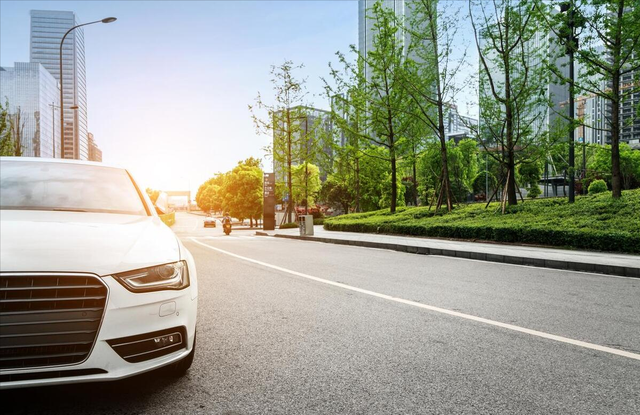
Magnesium Alloy Innovations
Great Wall Motors' collaboration with Baowu Magnesium has yielded a revolutionary magnesium alloy shock tower. The component weight was reduced from 7.2kg to 6.5kg, achieving 10% weight savings. The JDMJ-II magnesium alloy demonstrates remarkable 220MPa yield strength, far exceeding traditional steel. Through innovative micro-arc oxidation surface treatment, the component passes 3000-hour salt spray tests, solving corrosion resistance challenges.
Aluminum Body Economics
The Jaguar XFL utilizes 75% aluminum content, maintaining curb weight at just 1770kg - the lightest in its class. While aluminum repair costs run 35% higher than steel, lifecycle analysis shows 12,000 RMB fuel savings, making it increasingly economical amid rising fuel prices.
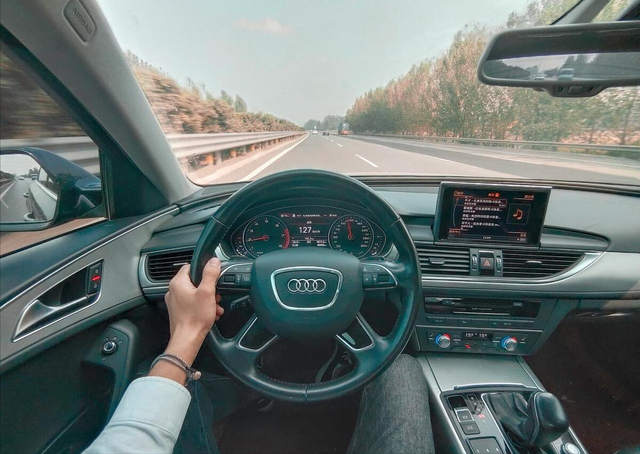
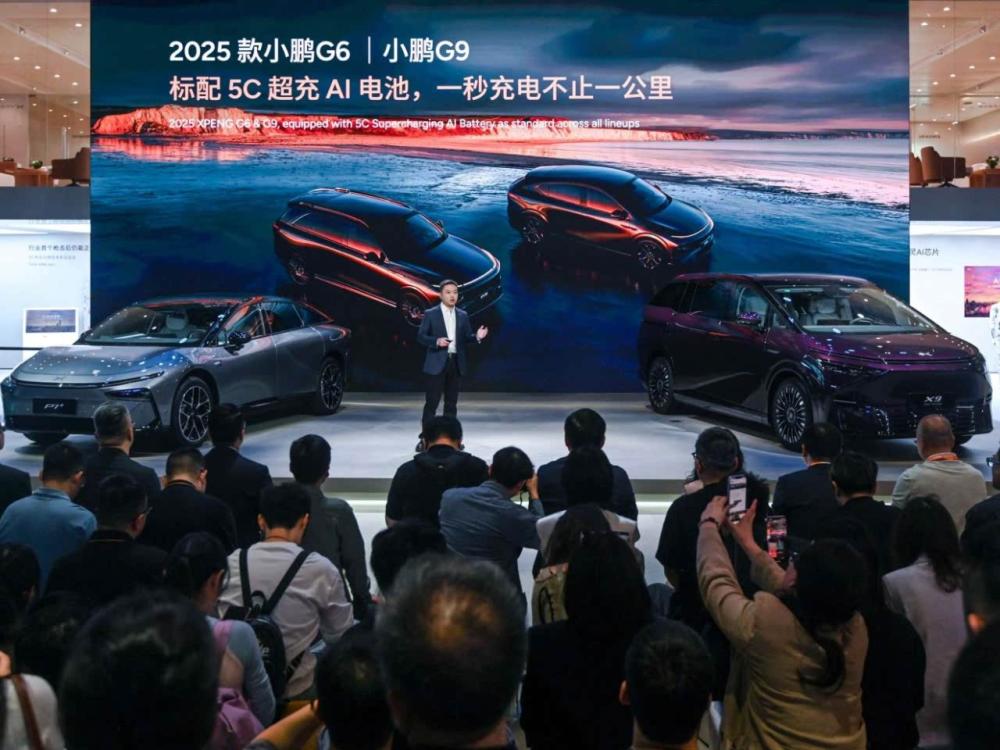
Internal Combustion Efficiency Gains
Modern engines are breaking the 40% thermal efficiency barrier, reclaiming competitiveness.
Combustion Optimization
Geely's Xingyue L features a Drive-E 2.0T engine with Miller cycle and 350bar direct injection, achieving 12.3:1 compression ratio. WLTC testing shows 7.7L/100km fuel consumption, significantly lower than the 8.5L average for comparable engines. The electronically controlled turbo wastegate reduces lag to just 1.2 seconds.
Transmission Advancements
ZF's 8HP51 transmission increases torque converter lock-up to 98% efficiency, reducing power loss by 15%. Paired with BMW's B48 engine, it lowers cruising RPM by 200 revolutions, dramatically improving highway efficiency.
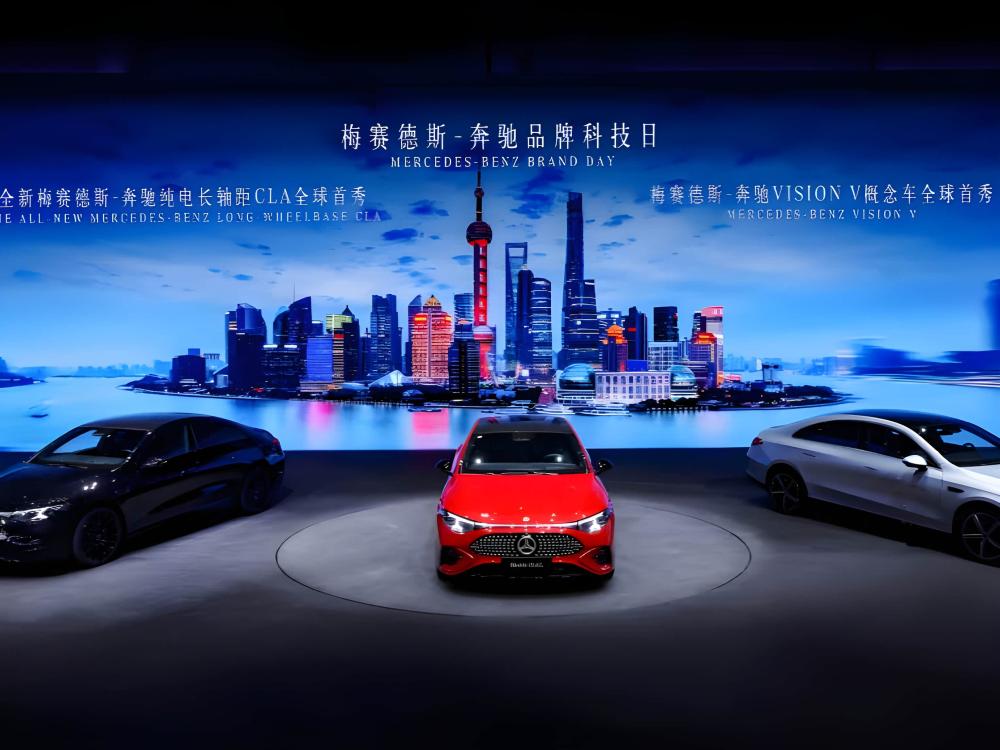
Hybrid Systems Gaining Momentum
Hybrid technologies are becoming crucial countermeasures against pure EVs.
Kia's TMED Hybrid
The Kia Sportage Hybrid combines permanent magnet synchronous motors with HSG starter-generators, delivering 210PS system power. Its 78% brake energy recovery outperforms Toyota's THS-II (65%). Real-world testing shows 5.9L/100km in city traffic and 6.8L/100km highway.
48V Mild Hybrid Value
Mercedes-Benz C260 L's BSG technology achieves 12% fuel savings. While adding 8,000 RMB to vehicle cost, five-year ownership yields 11,000 RMB fuel savings, proving economically viable.
Technology Comparison by Use Case
| Vehicle Type | Optimal Use Case | Representative Model | Annual Cost (80,000km) |
|---|---|---|---|
| Lightweight ICE | Highway commuting (>70%) | Jaguar XFL 2.0T | 48,000 RMB |
| Efficient ICE | Mixed driving | Geely Xingyue L | 42,000 RMB |
| HEV | Urban congestion (>60%) | Kia Sportage Hybrid | 39,000 RMB |
| PHEV | Short electric trips | BYD Tang DM-i | 31,000 RMB |
Cost analysis based on 8.2 RMB/L fuel and 0.6 RMB/kWh electricity, including maintenance and residual value differences.
The Future of ICE Technology
Thermal Efficiency Frontiers
Nissan's e-POWER system approaches 50% laboratory thermal efficiency, charting new territory for combustion engines.
Material Science
BMW's carbon fiber reinforced plastic (CFRP) development is progressively reducing costs for mass adoption.
Intelligent Systems
Audi's predictive energy management learns driving patterns and road conditions for optimal fuel allocation.
With China's volatile 2025 fuel prices - including March decreases followed by April's increase - vehicle owners face new economic challenges. The latest adjustment adds 9 RMB per 50L fill-up and approximately 14 RMB monthly for 2,000km drivers.
As fuel costs rise, ICE innovation creates new value propositions. Vehicles achieving extreme fuel efficiency maintain unique advantages - offering eco-conscious motoring without range anxiety may be the most pragmatic choice in our transitional era.




